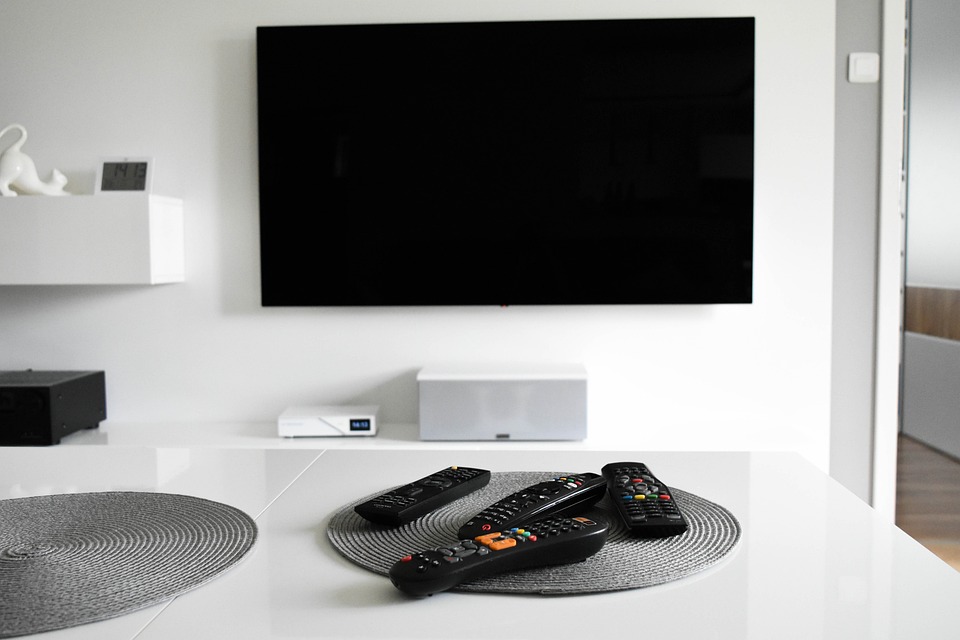The Evolution of Television: From Black and White to High Definition
Television has come a long way since its humble beginnings in the early 20th century. From the grainy black and white images of the 1930s to the crystal clear high definition pictures of today, the evolution of television has been nothing short of remarkable. Let’s take a journey through the history of television and see how far this iconic form of entertainment has come.
The Early Days: Black and White Television
The first television broadcasts began in the late 1920s, with experimental programming being broadcast in black and white. The quality of these early broadcasts was far from perfect, with fuzzy images and poor sound quality. But despite these limitations, television quickly captured the public’s imagination and became a popular form of entertainment.
In the 1940s and 1950s, black and white television sets became a common fixture in households across the country. Families gathered around the TV to watch their favorite programs, from comedies to dramas to live sporting events. Television became a major cultural force, shaping public opinion and influencing popular culture.
The Transition to Color Television
In the 1960s, color television began to gain popularity, offering viewers a new way to experience their favorite programs. Color television sets were more expensive than their black and white counterparts, but the improved picture quality made them a worthwhile investment for many families.
By the 1970s, color television had become the standard, with most programs being broadcast in color. The transition to color television was a major milestone in the evolution of the medium, offering viewers a more immersive and vibrant viewing experience.
The Rise of High Definition Television
In the 1990s, a new era of television technology began with the introduction of high definition television (HDTV). HDTV offered viewers an even greater level of picture quality, with sharper images and more vibrant colors. The first HDTV broadcasts began in the early 2000s, and by the mid-2000s, HDTV had become the standard for television broadcasts.
Today, high definition television sets are a common fixture in households around the world. Viewers can enjoy crystal clear images and immersive surround sound, making the viewing experience more lifelike than ever before. From sporting events to blockbuster movies, HDTV has revolutionized the way we watch television.
The Future of Television: Ultra High Definition and Beyond
As technology continues to advance, the future of television looks brighter than ever. Ultra high definition television (UHDTV) offers even greater picture quality than HDTV, with resolutions up to four times higher. UHDTV sets are becoming increasingly popular, offering viewers a truly immersive viewing experience.
In addition to higher resolution, the future of television also promises new technologies such as 3D and virtual reality. 3D television sets are already available on the market, offering viewers a new way to experience their favorite programs and movies. Virtual reality technology is also making its way into the television industry, allowing viewers to immerse themselves in a virtual world and interact with their favorite characters.
Conclusion
Television has come a long way since its early days of black and white broadcasts. From the grainy images of the 1930s to the crystal clear pictures of today, the evolution of television has been nothing short of remarkable. As technology continues to advance, the future of television looks bright, with new technologies such as UHDTV, 3D, and virtual reality promising to revolutionize the viewing experience once again. The evolution of television is far from over, and we can only imagine what the future holds for this iconic form of entertainment.
